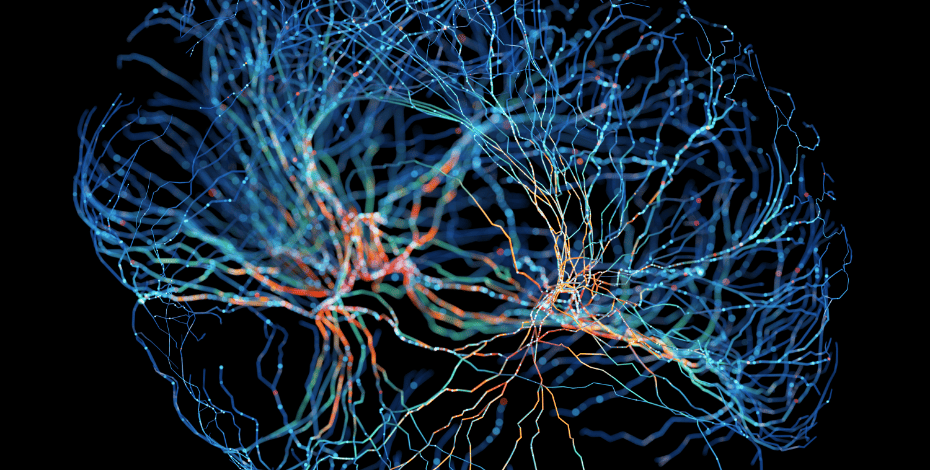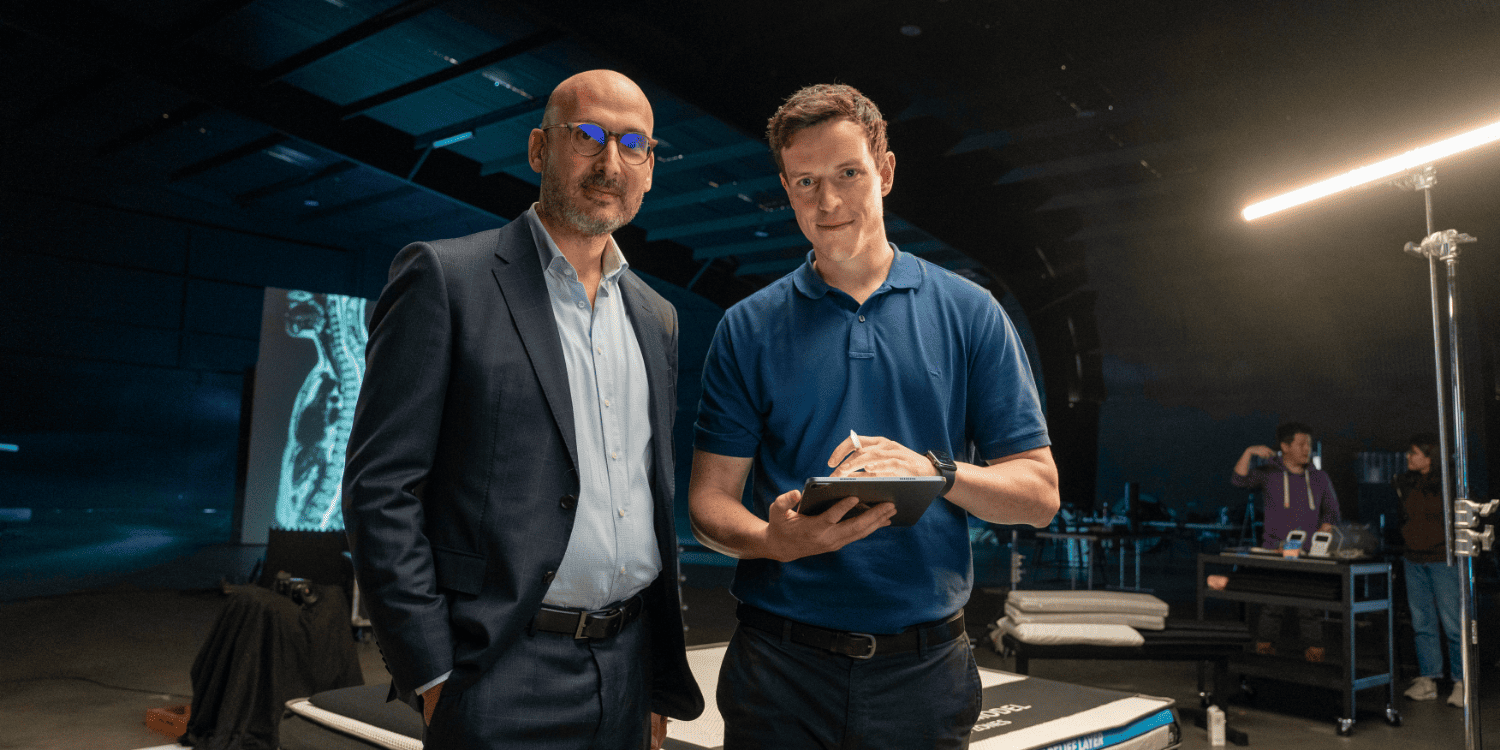References for July 2023
5 facts about physiotherapy and Huntington’s disease
- Vuong K, Canning CG, Menant JC, Loy CT. Gait, balance, and falls in Huntington disease. Handb 2018; 159: 251-60.
- Busse, M. E., Hughes, G., Wiles, C. M., & Rosser, A. E. (2008). Use of hand-held dynamometry in the evaluation of lower limb muscle strength in people with Huntington’s disease. Journal of Neurology, 255(10), 1534–1540. https://doi.org/10.1007/s00415-008-0964-x
- Ciammola, A., Sassone, J., Sciacco, M., Mencacci, N. E., Ripolone, M., Bizzi, C., Colciago, C., Moggio, M., Parati, G., Silani, V., & Malfatto, G. (2011). Low anaerobic threshold and increased skeletal muscle lactate production in subjects with Huntington's disease. Movement Disorders, 26(1), 130–137. https://doi.org/10.1002/mds.23258
- Dawes, H., Collett, J., Debono, K., Quinn, L., Jones, K., Kelson, M., Simpson, S., Playle, R., Backx, K., Wasley, D., Nemeth, A., Rosser, A., Izardi, H., & Busse, M. (2015). Exercise testing and training in people with Huntington’s disease. Clinical Rehabilitation, 29(2), 196–206. https://doi.org/10.1177/0269215514540921
- Quinn, L., Kegelmeyer, D., Kloos, A., Rao, A. K., Busse, M., & Fritz, N. E. (2020). Clinical recommendations to guide physical therapy practice for Huntington disease. Neurology, 94(5), 217–228. https://doi.org/10.1212/WNL.0000000000008887
- Khalil H, Quinn L, van Deursen R, et al. What effect does a structured home-based exercise programme have on people with Huntington's disease? A randomized, controlled pilot study. Clinical Rehabilitation 2013; 27(7): 646-58.
- Zarowitz BJ, O'Shea T, Nance M. Clinical, demographic, and pharmacologic features of nursing home residents with Huntington's disease. J Am Med Dir Assoc 2014; 15(6): 423-8
- Busse ME, Wiles CM, Rosser AE. Mobility and falls in people with Huntington's disease. J Neurol Neurosurg Psychiatry 2009; 80(1): 88-90.
- Grimbergen YA, Knol MJ, Bloem BR, Kremer BP, Roos RA, Munneke M. Falls and gait disturbances in Huntington's disease. Movement Disorders 2008; 23(7): 970-6.
- Fritz NE, Hamana K, Kelson M, Rosser A, Busse M, Quinn L. Motor-cognitive dual-task deficits in individuals with early-mid stage Huntington disease. Gait & Posture 2016; 49: 283-9.
- Ajiitkumar A and De Jesus O (2023) Huntington Disease - StatPearls - NCBI Bookshelf (nih.gov)
- Shah R, Lee S, Strasser R, Grossman C. An Australian Neuro-Palliative perspective on Hungtington’s disease: a case report. BMV Palliative Care 2021 20:53
- Reyes A, Cruickshank T, Nosaka K, Ziman M. Respiratory muscle training on pulmonary and swallowing function in patients with Huntington’s disease: a pilot randomised controlled trial. Clinical Rehabilitation. 2015;29(10):961-973. doi:10.1177/0269215514564087
- Pagan F, Torres-Yaghi Y, Altshuler M. The diagnosis and natural history of Huntington disease. Handb Clin Neurol. 2017;144:63-67.
- Atkins K, Friel C, Andrews S, Chong T, Stout J, Quinn L. (2022). A qualitative examination of apathy and physical activity in Huntington's and Parkinson's disease. Neurodegenerative Disease Management. 12.
- Lim, Mathew. (2018). Basic oral care for patients with dysphagia - A Special Needs Dentistry perspective.
- Kalkers, K., Schols, J.M.G.A., van Zwet, E.W. et al. Dysphagia, Fear of Choking and Preventive Measures in Patients with Huntington’s Disease: The Perspectives of Patients and Caregivers in Long-Term Care. J Nutr Health Aging 26, 332–338 (2022).
Social Media and Pain
- Toye F, Barker K. Persistent non-specific low back pain and patients’ experience of general practice: a qualitative study. Prim Health Care Res Dev 2012;13:72–84. doi:10.1017/S1463423611000387
- Penn TM, Overstreet DS, Aroke EN, et al. Perceived injustice helps explain the association between chronic pain stigma and movement-evoked pain in adults with nonspecific chronic low back pain. Pain Med (United States) 2020;21:3161–71. doi:10.1093/PM/PNAA095
- Fleming MD, Shim JK, Yen I, et al. Patient Engagement at the Margins: Health Care Providers’ Assessments of Engagement and the Structural Determinants of Health in the Safety-net. Soc Sci Med 2017;183:11–8.
- Lucas GM, Gratch J, King A, et al. It’s only a computer: Virtual humans increase willingness to disclose. Comput Human Behav 2014;37:94–100. doi:10.1016/j.chb.2014.04.043
- Pickard MD, Roster CA, Chen Y. Revealing sensitive information in personal interviews: Is self-disclosure easier with humans or avatars and under what conditions? Comput Human Behav 2016;65:23–30. doi:10.1016/j.chb.2016.08.004
- O’Hagan ET, Traeger AC, Bunzli S, et al. What do people post on social media relative to low back pain? A content analysis of Australian data. Musculoskelet Sci Pract 2021;54:102402. doi:10.1016/j.msksp.2021.102402
- Buchbinder R, Jolley D, Wyatt M. 2001 Volvo Award Winner in Clinical Studies: Effects of a media campaign on back pain beliefs and its potential influence on management of low back pain in general practice. Spine (Phila Pa 1976) 2001;26:2535–42. doi:10.1097/00007632-200112010-00005
- Suman A, Armijo-olivo S, Deshpande S, et al. A systematic review of the effectiveness of mass media campaigns for the management of low back pain. Disabil Rehabil 2020;:1–29. doi:10.1080/09638288.2020.1743777
- O’Hagan, E. et al. It’s safe to move! A protocol for a randomised controlled trial investigating the effect of a video designed to increase people’s confidence becoming more active despite back pain. BMJ Open 12, e063250 (2022).
- Breza E, Stanford FC, Alsan M, et al. Effects of a large-scale social media advertising campaign on holiday travel and COVID-19 infections: a cluster randomized controlled trial. Nat Med 2021;27:1622–8. doi:10.1038/s41591-021-01487-3
- Yom-Tov E, Shembekar J, Barclay S, et al. The effectiveness of public health advertisements to promote health: a randomized-controlled trial on 794,000 participants. npj Digit Med 2018;1. doi:10.1038/s41746-018-0031-7
A Biopsychosocial Approach to Exercise & Movement
- Creem-Regehr, Sarah H., et al. "Mind the gap: Gap affordance judgments of children, teens, and adults in an immersive virtual environment." Frontiers in Robotics and AI 6 (2019): 96.
- Bague, Kévin, and Éric Laurent. "Depressive symptoms and affordance perception: The case of perceived reachability boundary." Psychonomic Bulletin & Review (2023): 1-14.
- Deschamps, Thibault, et al. "Influence of experimental pain on the perception of action capabilities and performance of a maximal single-leg hop." The Journal of Pain 15.3 (2014): 271-e1.
- Coninx, Sabrina, and Peter Stilwell. "Pain and the field of affordances: an enactive approach to acute and chronic pain." Synthese 199.3-4 (2021): 7835-7863.
- Coninx, Sabrina, B. Michael Ray, and Peter Stilwell. "Unpacking an affordance-based model of chronic pain: A video game analogy." Phenomenology and the Cognitive Sciences (2023): 1-24.
- Witt, Jessica K., et al. "The long road of pain: Chronic pain increases perceived distance." Experimental Brain Research 192 (2009): 145-148.
© Copyright 2025 by Australian Physiotherapy Association. All rights reserved.





